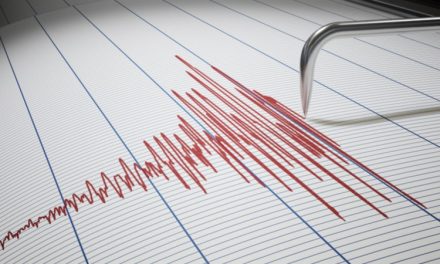MonkeyPox causes, symptoms, and treatment. After COVID 19, the new disease monkeypox is now gripping the world. WHO is also concerned about it. The monkeypox virus causes Monkeypox, an abnormal condition that imitates smallpox. Monkeypox has been spotted in other parts of the world. It is most prevalent in parts of west and central Africa. It results in symptoms that resemble flu-like symptoms, including fever, chills, and a rash that might take weeks to go away. Monkeypox has no known cure. However, it often goes away on its own.
What is Monkeypox?
The monkeypox virus is an uncommon illness known as monkeypox disease. It causes flu-like symptoms and rashes on the skin. This virus is a member of the orthopoxvirus family, including the more well-known smallpox virus.
Two outbreaks of a disease resembling pox in groups of monkeys used for a scientific study led to the discovery of Monkeypox in the year 1958. Although skin-to-skin contact with an infected patient can occasionally spread the disease, contact with infected rodents is the predominant way it is transmitted to humans. One monkeypox virus’s two recognized forms (clades) originated in Central Africa, whereas the other came from West Africa. The less dangerous West African clade is what is responsible for the current global outbreak (2022).
Who does Monkeypox affect?
Monkeypox may affect anybody. The majority of cases in Africa involve youngsters under the age of 15. The illness appears more prevalent in guys who have intercourse with men outside of Africa, although there are many cases in people who don’t fit that description.
Also Read : India passes Brazil for world’s second most virus cases.
What are the symptoms of Monkeypox?
It can take days or even weeks after exposure before you experience symptoms. Early indications of Monkeypox include symptoms similar to the flu-like:
- Fever.
- Chills.
- Headache.
- Monkeypox causes pus-filled blisters that crust over and fall off.
- Muscle aches.
- Fatigue.
- Swollen lymph nodes.
A rash frequently appears within a few days. The rash initially appears as tender, red, flat pimples. These lumps develop into pus-filled blisters. It could take 2 to 4 weeks for the blisters to finally crust over and peel off.
Not all monkeypox patients have all of the symptoms. Many instances in the ongoing outbreak (2022) aren’t manifesting symptoms in a typical way. Only a few tumors, no enlarged lymph nodes, less feverish symptoms, and other abnormal symptoms make up this presentation. It is possible to possess it without realizing it. However, you can still infect people by extended close contact even if you don’t exhibit many virus symptoms.
How is monkeypox spread?
When you come into touch with a person or animal with the virus, you can develop Monkeypox. Animal-to-person transmission could happen when the skin is injured, such as via scratches, or when an infected animal’s blood, body fluids, or lesions from the pox are directly touched (sores).
Monkeypox is less frequent but can still transfer from person to person. The contamination of an infection from one person to another (transmission) happens when you come into touch with the sores, scabs, respiratory droplets, or oral secretions of an infected person, typically during close, personal interactions like snuggling, kissing, or intercourse. The virus can be spread by semen or vaginal secretions, although research is still in progress.
Additionally, you can get Monkeypox by touching recently contaminated items like bedding, clothes, and other linens used by an animal or person with the disease.
How can Monkeypox be treated?
Due to the rarity of Monkeypox disease, your healthcare professional could initially identify measles or chickenpox as the origin of your outbreak. However, enlarged lymph nodes often set Monkeypox apart from other poxes.
Your healthcare professional collects tissue from an open sore after diagnosing Monkeypox (lesion). Afterward, a lab performs polymerase chain reaction (PCR) testing (genetic fingerprinting). Additionally, a blood sample can be required to screen for the monkeypox virus or antibodies your immune system produces against it.
How can the monkeypox virus be prevented?
Monkeypox can be prevented using a smallpox vaccination, but its usage is now restricted to clinical studies. Limiting person-to-person transmission and reducing human contact with diseased animals are essential to prevention.
These are some prevention methods for the Monkeypox virus.
- Stay away from diseased animals (incredibly sick or dead animals).
- Avoid coming into contact with contaminated bedding and other items.
- Cook all items containing meat or other animal products entirely.
- Wash your hands with soap and water regularly.
- Keep your distance from anyone who could be carrying the virus.
- Use safe sexual practices, such as dental dams and condoms.
- When among other people, wear a mask that covers your mouth and nose.
- Frequently touched surfaces should be cleaned and disinfected.
- When providing medical care to those with the virus, put on personal protective equipment (PPE).
As there is no specific treatment for this rare disease, you must take care of yourself and your close ones by taking the above preventive steps to stay away from this disease. According to a study, 98 percent of people get cured of Monkeypox, so there is nothing to worry about, and stay away from the fake news on the internet.





